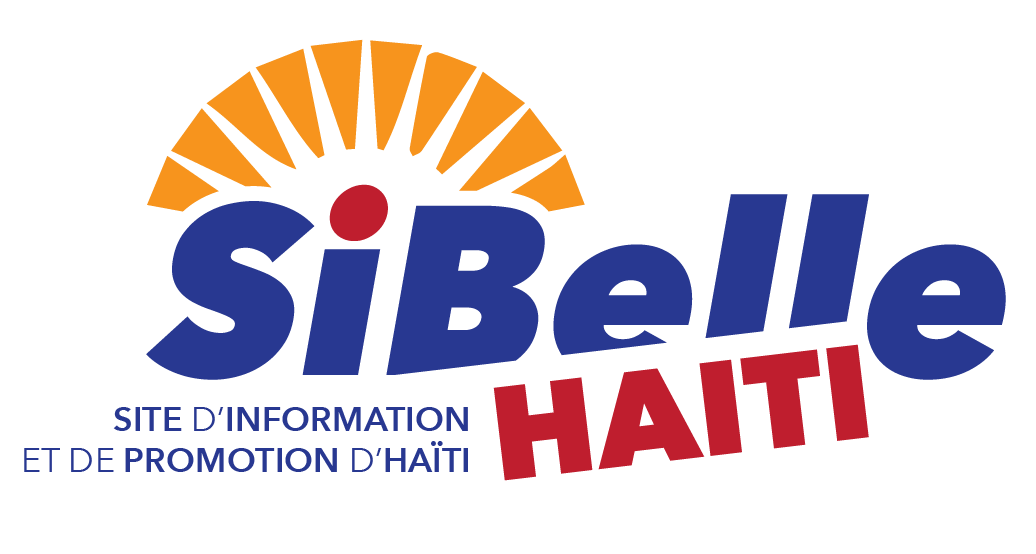Merger and purchase (M&A) and recapitalization loans will probably carry fees that are high because will bankruptcy leave financings and restructuring discounts for struggling entities. Seasoned leveraged issuers, in contrast, spend reduced fees for re-financings and add-on deals.
Because investment-grade loans are infrequently drawn down and, therefore, provide drastically lower yields, the ancillary company that banking institutions desire to see can be as important as the credit product in organizing such deals, particularly because numerous acquisition-related financings for investment-grade businesses are big, pertaining to the pool of possible investors, which may comprise entirely of banking institutions.
Exactly How are Loans Syndicated?
The syndications process moves to the next phase once the loan issuer (borrower) picks an arranging bank or banks and settles on a structure of the deal. The “retail” marketplace for a syndicated loan consists of banking institutions and, when it comes to leveraged deals, boat finance companies and institutional investors such as for instance mutual funds, organized finance vehicles and hedge funds.
Before formally providing that loan to these accounts that are retail arrangers will frequently browse the market by informally polling choose investors to gauge appetite when it comes to credit.
According to these talks, the arranger will launch the credit at a fee and spread it thinks will “clear” the marketplace.
Until 1998, this might were all there is certainly to it. When the prices ended up being set, it absolutely was set, except within the many extreme situations. In the event that loan had been undersubscribed – if investor curiosity about the mortgage ended up being not as much as the total amount arrangers had been trying to syndicate – the arrangers may be left above their desired hold degree.
At the time of 1998, but, the leveraged issuers, arrangers and investors adopted a “market flex” model, which figures greatly in the way the sector operates today. Marketplace Flex is detailed into the section that is following.
Price-Flex
Following the Russian debt crisis roiled the marketplace in 1998, arrangers adopted “market-flex” language. Market flex permits arrangers to alter the pricing associated with loan according to investor demand—in some situations inside a predetermined range—as well as change amounts between different tranches of that loan, as being a standard feature of loan commitment letters.
Market-flex language, in a solitary swing, forced the mortgage syndication procedure, at the least into the leveraged arena, over the Rubicon to a full-fledged money areas exercise.
Initially, arrangers invoked flex language to make loans more appealing to investors by hiking the spread or reducing the cost. It was rational following the volatility introduced by the Russian financial obligation debacle. With time, nevertheless, market-flex became an instrument either to improve or decrease prices of that loan, according to investor need.
Cost flexes is a beneficial barometer of so how hot (or cold) the leveraged loan marketplace is at any moment. If you will find far more issuer-friendly flexes ( the place where a loan’s prices is reduced during syndication) than investor-friendly flexes (where rates is increased), there marketplace is most likely hot, with additional interest in leveraged loan paper than there is certainly supply.
Following a example above, in the event that loan is oversubscribed at LIBOR+250, the arranger may cut the spread further. Conversely, in case it is undersubscribed, even at LIBOR+275, then a arranger can be obligated to raise the spread to create additional money into the dining table.
Leveraged Loan Purposes
M&A/LBOs
M&A could be the lifeblood of leveraged finance. You will find the 3 main forms of purchase loans:
1) Leveraged buyouts (LBOs)Most LBOs are supported by a personal equity company, which funds the transaction with a substantial quantity of financial obligation by means of leveraged loans, mezzanine finance, high-yield bonds and/or seller notes. Financial obligation being a share of total sourced elements of money when it comes to LBO can start around 50% to well over 75%. The character associated with deal will highly determine how it’s leveraged. Issuers with big, stable online title AZ cash flows tend to be in a position to help higher leverage. Likewise, issuers in protective, less-cyclical sectors are provided more latitude compared to those in cyclical industry portions. Finally, the standing of the equity that is private (sponsor) additionally plays a job, as does market liquidity (the total amount of institutional investor cash available). Stronger markets frequently provide for greater leverage; in weaker markets lenders wish to keep leverage in check.
You will find three main forms of LBO discounts:
2) Platform purchases
Deals by which private-equity-backed issuers purchases a small business they judge is going to be accretive by either producing financial savings and/or producing expansion synergies.
3) Strategic purchases
These are much like a platform purchases but they are performed by an issuer that’s not owned by an equity firm that is private.
Recapitalizations
A leveraged loan supporting a recapitalization leads to alterations in the composition of a entity’s stability sheet mix between financial obligation and equity either by (1) issuing debt to cover a dividend or repurchase stock or (2) selling brand new equity, in some instances to settle debt.
Some examples that are common

